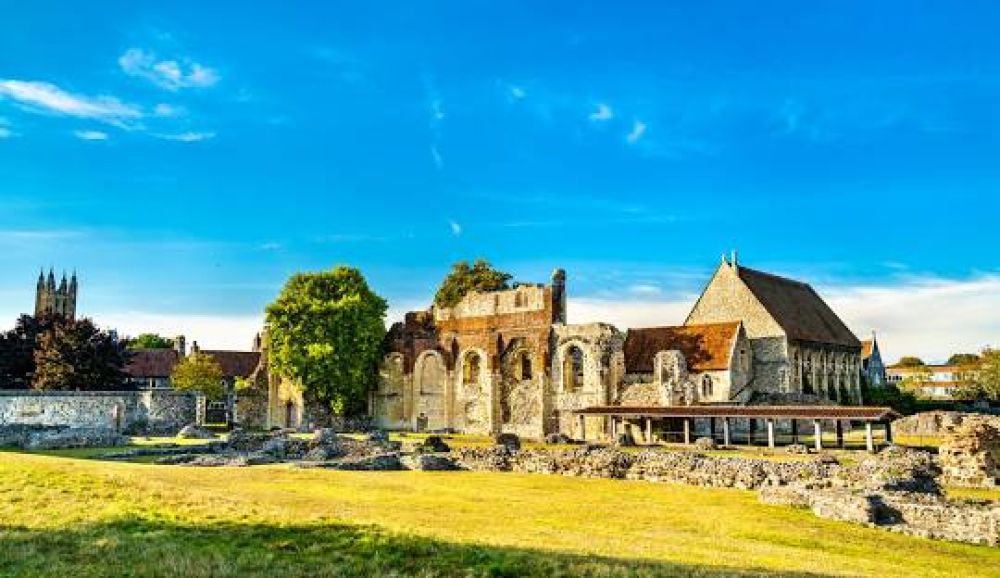

St. Augustine's Abbey in Canterbury is a site of significant historical importance in the United Kingdom. Established by St. Augustine in 598 AD, it marks the rebirth of Christianity in southern England. The abbey was originally built as a burial place for the Anglo-Saxon kings of Kent and it became one of the country's most important monasteries until its dissolution in 1538 during the Reformation under Henry VIII.
The history of tourism at St. Augustine's Abbey can be traced back to the time soon after its foundation when pilgrims would journey to Canterbury to venerate the saints and martyrs interred there. Interest in the abbey as a historical site, however, truly began to flourish in the Victorian era. Archaeological excavations in the 19th century sparked a renewed interest in the abbey's historical and religious significance.
By the 20th century, St. Augustine's Abbey had become well-established on the tourist map, thanks to the increase in leisure time and the development of better transport links. The abbey's ruins began to be properly maintained and presented to the public as a site of national heritage. During this period, it was listed as a UNESCO World Heritage Site alongside Canterbury Cathedral and St Martin's Church, which helped to raise its profile internationally.
In recent years, there has been a trend towards experiential and educational tourism, and St. Augustine's Abbey has adapted to these trends. Interactive guides, augmented reality experiences, and family-friendly events are among the new features that aim to bring the abbey’s past to life for modern visitors. The site also hosts various workshops and historical reenactments that provide immersive experiences for tourists.
Environmentally sustainable tourism is also on the rise, with the site focusing on preserving the ruins and minimizing the ecological footprint of tourism. Visitors are encouraged to explore the site on foot, and the use of digital guides reduces the need for paper materials.
As of the latest developments, the site has been closed temporarily due to global health concerns. However, it has offered virtual tours and online resources to maintain interest and education about the abbey's history and importance.
The tourism history of St. Augustine's Abbey is a testament to the enduring appeal of historical sites. As a location steeped in religious, cultural, and political history, the abbey continues to attract visitors from around the world. With ongoing efforts to enhance visitor engagement and preserve the integrity of the site, St. Augustine's Abbey stands as a prominent example of heritage tourism adapted for the modern age.